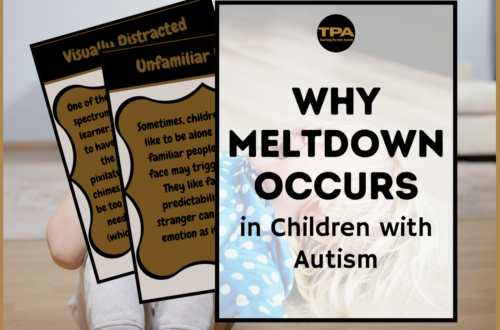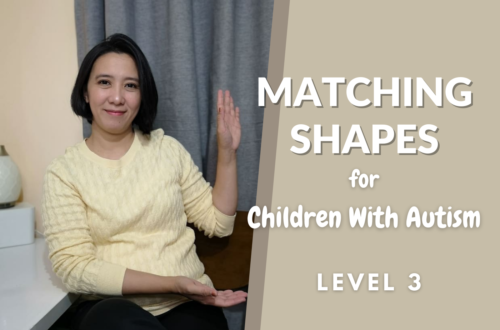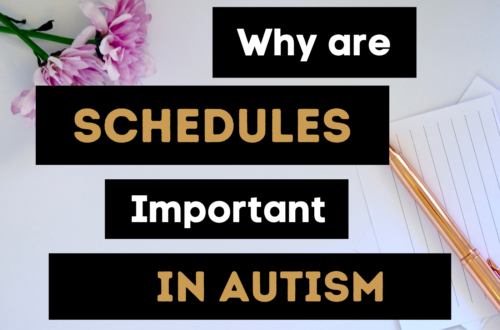How To Cure Autism At Home

Here’s how to cure autism in your own home…
Autism is not curable. It is not flu that when given medication, will be gone.
Autism is a lifelong neurological disorder that can be improved with intervention, support, and proper education.
If it is lifelong, the approach to further improve lifestyle should be embedded in child’s daily routine at home and in school.
With proper education, there are strategies that can help a child acquire new skills and overcome challenges in life.
If you want to learn deeper information about autism strategies that work, check out my downloadable E-book about “How To Homeschool Your Child With Autism”.
I listed so many important strategies that work effectively when applied appropriately at home.
This e-book will truly help you understand how to help your child become better at home.
In the meantime, there are many ways how to support your child at home.
1. Make your home safe. This is important as your child may wander around without your supervision. Keep the rooms lock if you don’t want him to get in the rooms without your presence. Hide the keys (and have spare keys ready where you can grab it easily, typically away from bedrooms). You can hook the keys up on the doorways where your child cannot reach it. Keep cabinets and cupboards lock too!
2. Consistency is the key! I tell you, this is very very powerful. Why? Because they have difficulty with organization and sequencing. For example, some may have problem with putting on shoes or brushing teeth. Because it requires sequence. Which step comes first, brushing or putting on toothpaste? For autism spectrum disorder this is a challenge. So be consistent so that they can predict and get the routine going.
3. Structure your place. This is one of the important strategies to apply at home. Remember what I told you? For people with autism, they have problems with organization. When a place is structured, they can be more independent and be more productive when they know where things are kept and be kept.
4. Create a schedule and stick with it. People with autism have problems with changes. When change occurs, they usually react to the situation because it is unfamiliar to them. When there is schedule, they can be prepared with the changes that can come during the day.
5. Reward them. Rewards can be tangible or non-tangible. Social praises or something they like to do, touch, or eat. Everybody loves to be appreciated with rewards.
6. Know your child’s interests. Understand your child by knowing what he likes so you can prepare the materials. Use his interest during teaching so that his attention gets higher with you. While using his favorite materials, you can embed social communication and interaction with the use of his interest!
7. Prepare a calming space. This is important as we all need a space to relax, chill, and destress. When they have a meltdown or tantrum, let them know that the calming space is safe and enticing for them. You can add bubbles, reading materials that they like, beanbags, squishy objects, etc.
There are many more in my downloadable e-book. Grab it and you won’t regret it.
Click the button below in case you miss it above.
These are just some of the strategies that are effective when properly applied at home.
You can also talk to your child’s special education teacher to get more ideas on how to improve your child’s behavior and performance at home. It is always good to ask for ideas from therapists and teachers because they know your child and they are expert on this.
If you like this, grab your Free PDF download below to have your copy on your phone to share and remind you of these strategies!
Click the button below!




